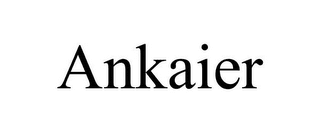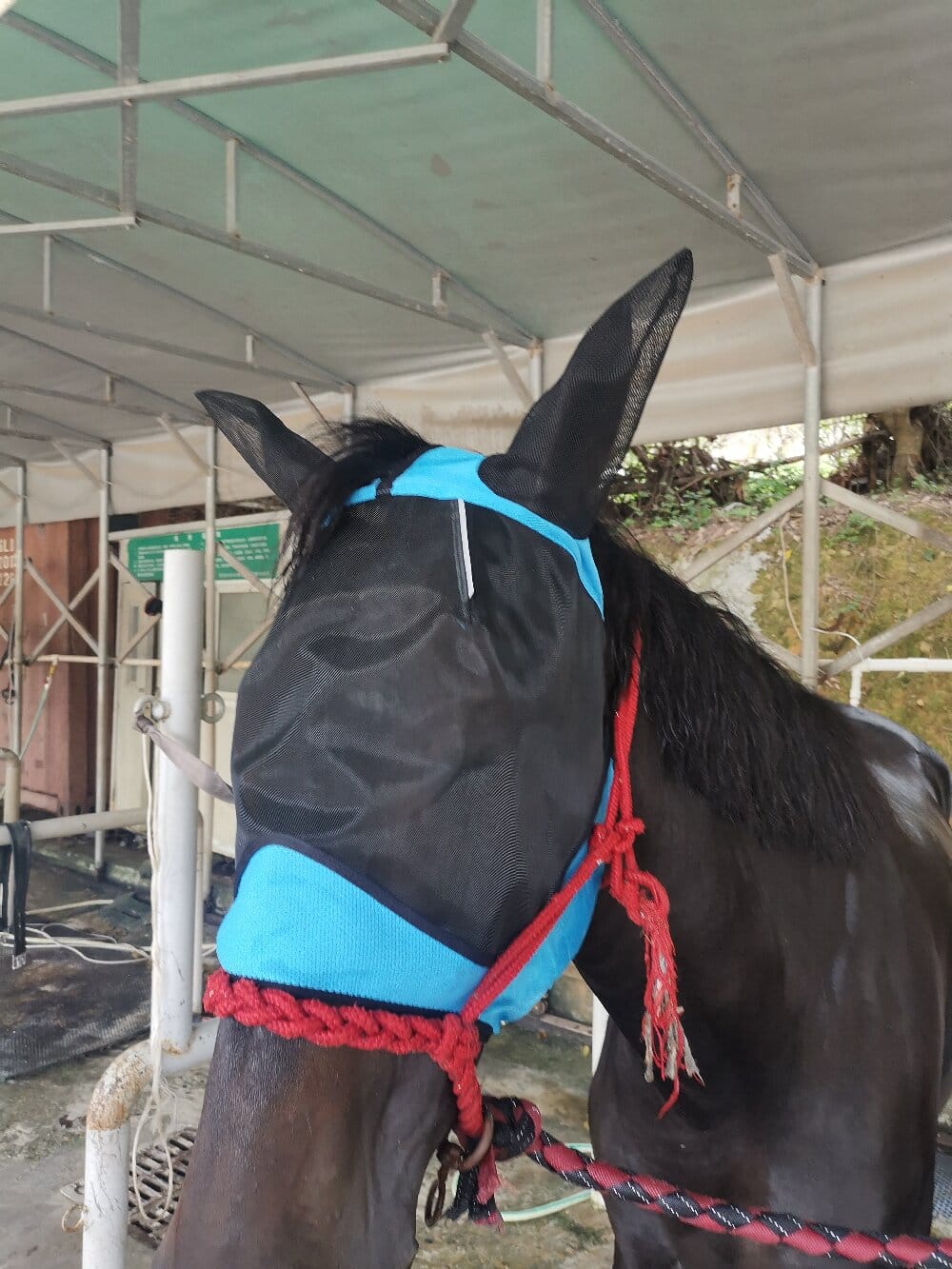The horse fly mask, a seemingly simple piece of equestrian gear, represents far more than a physical barrier against insects. It is a cultural artifact, a testament to the evolving relationship between humans and horses, and a focal point for discussions on animal welfare, performance, and even aesthetics. From the sun-scorched fields of a ranch to the meticulously groomed grounds of a show-jumping arena, this protective equine face wear serves as a silent guardian, allowing horses to graze, work, and rest in peace. Its adoption speaks volumes about our modern understanding of equine comfort and the lengths we go to protect these majestic animals from the relentless annoyance and potential harm caused by flies and ultraviolet rays.
A Symbol of Shifting Priorities in Equine Care
Historically, horses were valued primarily for their utility—as modes of transportation, partners in agriculture, and instruments of war. While care was provided, the concept of proactive, specialized gear for comfort was not a widespread cultural priority. The development and popularization of the fly mask for horses coincide with a broader cultural shift where the horse’s role in many societies transformed from purely utilitarian to that of a companion, athlete, and beloved family member. This change in perspective elevated the importance of preventative care. No longer were horses simply expected to endure the swarms of biting insects; their comfort became a direct reflection of responsible ownership. The mask became a common sight, symbolizing a more empathetic and scientifically-informed approach to equine management.
The Practical Shield: More Than Just Bug Protection
At its core, the function of a fly veil is profoundly practical. It is a first line of defense against a host of problems.
- Physical Irritation: Flies are not just a nuisance; their bites are painful and can lead to sores, skin infections, and constant stress, preventing a horse from eating or resting properly.
- Eye Health: Many modern equine fly masks offer UV protection, shielding sensitive eyes from the sun’s harmful rays, which can help prevent conditions like cancer and chronic irritation.
- Disease Prevention: Insects are vectors for diseases such as conjunctivitis (pink eye) and various parasites. A well-fitted mask acts as a critical barrier, reducing the risk of transmission.
This practical application underscores a universal principle in animal husbandry: preventing a problem is always preferable to treating one. The widespread use of these masks is a clear indicator of this preventative ethos in action.
Cultural Expressions and the Aesthetics of the Fly Mask for Horses
Beyond pure function, the horse fly mask has also become a canvas for cultural expression and personal taste. What was once available only in basic black or white now comes in a dazzling array of colors, patterns, and designs. You can find masks featuring patriotic flags, floral prints, camouflage, and even whimsical patterns for ponies. This customization reflects the personal bond between owner and horse. In the competitive world of showing, a crisp, clean fly mask can be part of a polished presentation. Conversely, on a quiet family farm, a brightly colored mask might simply be a reflection of the owner’s personality, a small way to celebrate the individuality of their equine partner. This trend highlights how functional items can be infused with meaning and identity.
Weighing Autonomy Against Protection
The decision to use a fly veil is not without its cultural debates. Some perspectives, often rooted in a philosophy of minimal intervention, question the constant use of any equipment on an animal. Concerns about restricting a horse’s natural sensory input—the feeling of the wind on its face or the ability to see with absolute clarity—are valid and discussed within equestrian communities. This creates a multi-perspective dialogue about animal autonomy. The prevailing view, however, balances these concerns with the demonstrable benefits. The choice of a lightweight, breathable, well-fitted mask that is removed regularly for cleaning and inspection is seen as a reasonable compromise. It is an act of care that prioritizes the relief from suffering and the prevention of illness over a minor limitation of sensory experience.
A Modern Emblem of a Timeless Bond
In conclusion, the humble horse fly mask is a deceptively complex item. It is a product of scientific understanding, a symbol of changing cultural attitudes toward animal welfare, and sometimes, a personal statement. Its prevalence across barns worldwide is a testament to a collective desire to improve the quality of life for horses. It represents a thoughtful balance between providing essential protection and respecting the nature of the animal itself. As our relationship with horses continues to evolve, this simple piece of equine face wear stands as a quiet, yet powerful, emblem of our commitment to their comfort, health, and well-being in a modern world.

